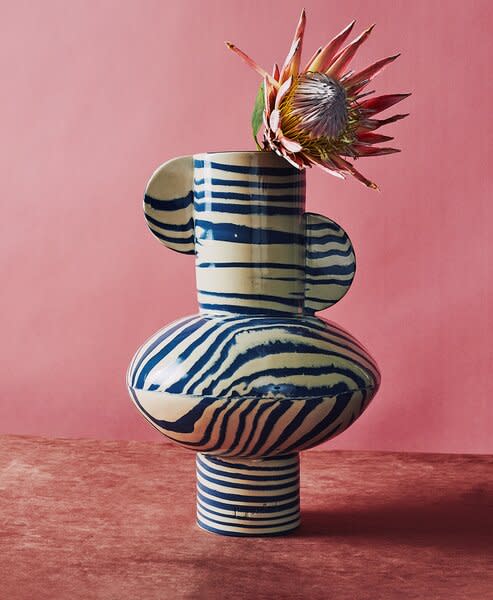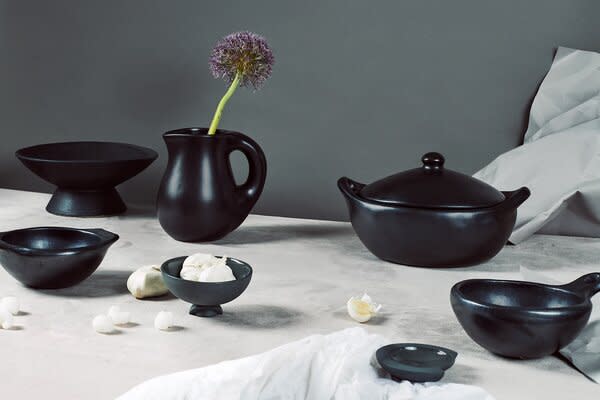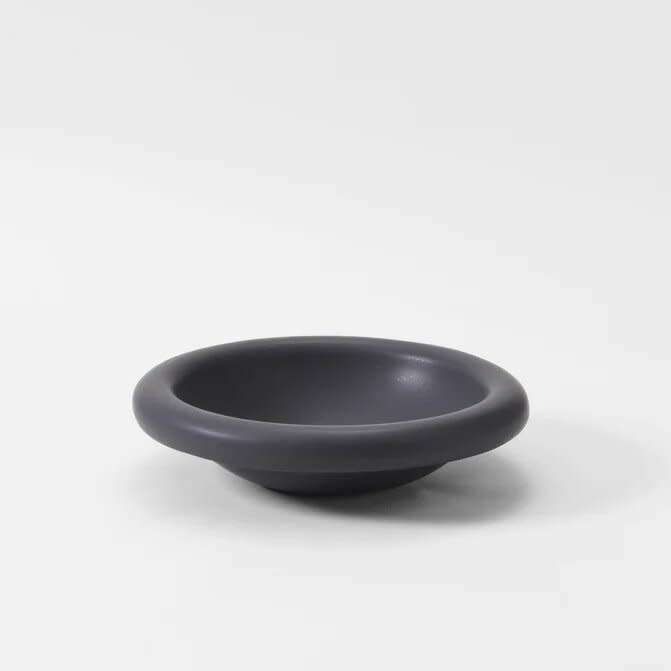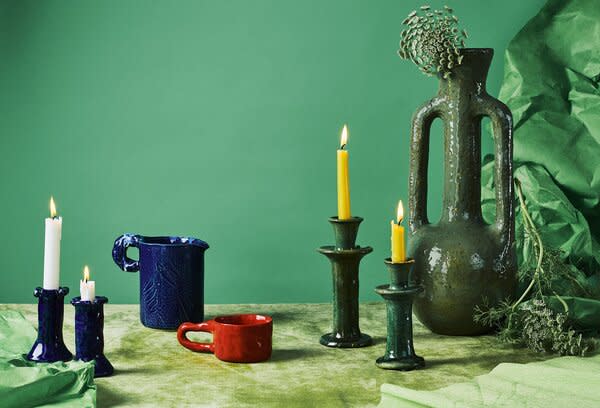A Trip Around the World in Five Pots
Seek out these ceramics traditions in your summer travels—or consider their contemporary alternatives, instead.
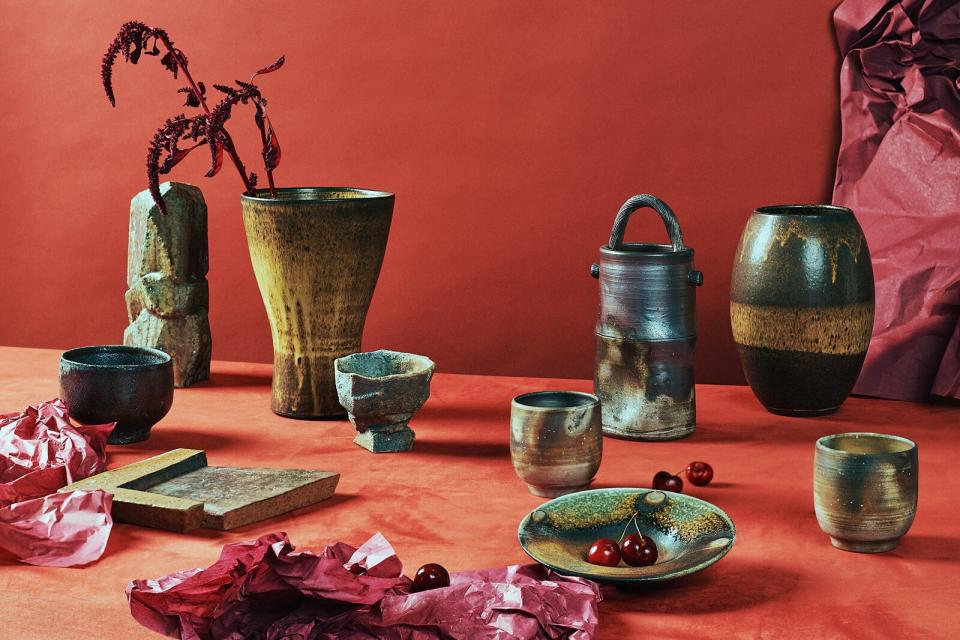
On every trip I take, I have the same goal: Bring home a locally made ceramic. From Mexico City: a cream vase, emblazoned in black with a tropical bird. From Saint-Malo, Normandy: a teal pedestal bowl that was a splurge during a summer abroad in college. From Stockholm, a tiny polka-dotted, cube-shaped dish, discovered at a co-op I came across on Hornsgatan.
Pottery is a craft nearly as old as humankind and one you can find in every corner of the world, from the terra-cotta pots of Nonthaburi, Thailand, to earthenware dishes from Pomaire, Chile. You can easily find modern handmade wares just about anywhere, but for a true pottery pilgrimage, seek out locales where the tradition runs deep, where the history of the place is intertwined with shaping the land into vessels for daily life. Here, we’ve mapped a global tour for potheads that will take you from the rocky ravines of Italy’s boot to the dusty edge of the Sahara Desert and beyond. Just don’t forget to pack an extra bag in which to take your goods home.
La Chamba, Colombia
Lest you think black dishware is a new trend (and you might, based on its popularity in the last few years), the women of La Chamba, Colombia, have been crafting inky, satin-finished pots and tabletop pieces for centuries. The tradition began in this tiny village, located about 100 miles southwest of Bogotá in the Magdalena River valley, between the Colombian Andes. Pijao people made vessels for ceremonial and domestic uses, and today, just over 85 percent of the village’s population is dedicated to the craft, which is one of 28 Colombian agricultural and handicraft products with a protected designation of origin.
The ceramics are made from a combination of three types of clay. Pieces are hand-formed and covered with a red glaze; after a few rounds of drying and varnishing, the pots are then dried in the sun and meticulously polished with agate stones until each pot squeaks. The black color comes not from the firing process, which takes place in metal barrels inside a kiln, but what happens when they’re pulled out. Organic matter like rice husks (or, traditionally, treated donkey manure) gets added to the white-hot barrels to catch fire and is left to smoke as the pots cool. The smoke permeates the pots, leaving a glossy noir finish.
While contemporary ceramists aren’t smoking pots, many produce similarly sleek black pieces. Sumptuous bowls and chubby pitches by Faye Toogood have a similar feel, while Danny Kaplan’s sculptural vases and candlesticks bring a bit of edge to the classic black shade.
Shop the Story
Oval Roaster by Chamba Imports
Charcoal Dough Bowl by Faye Toogood
Charcoal Dough Jug by Faye Toogood
Low Footed Bowl by Danny Kaplan
Tamegroute, Morocco
See the full story on Dwell.com: A Trip Around the World in Five Pots
Related stories:
